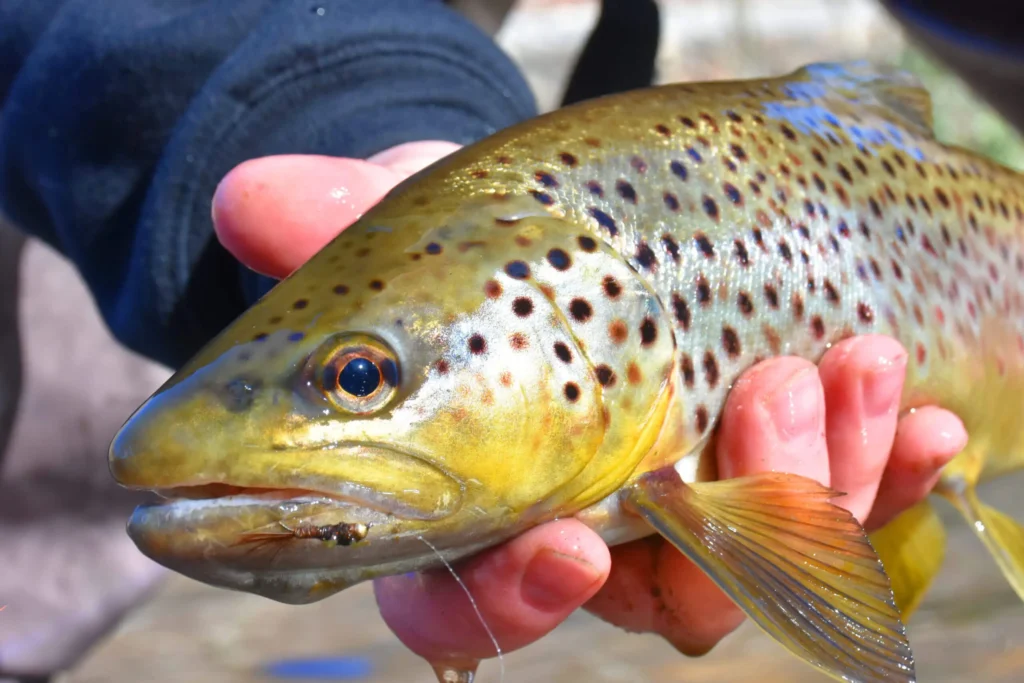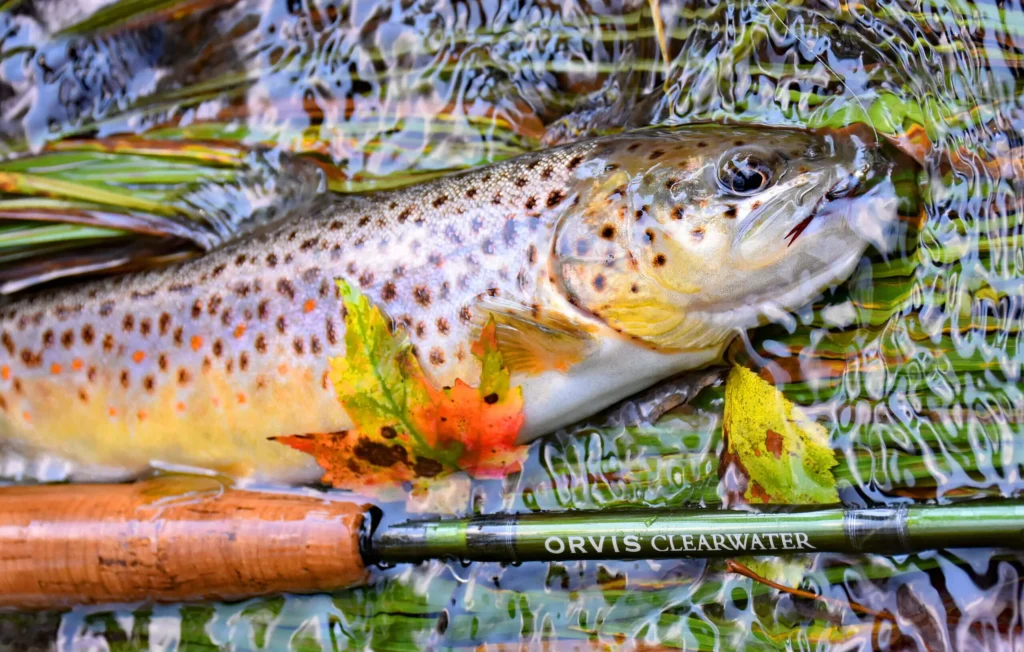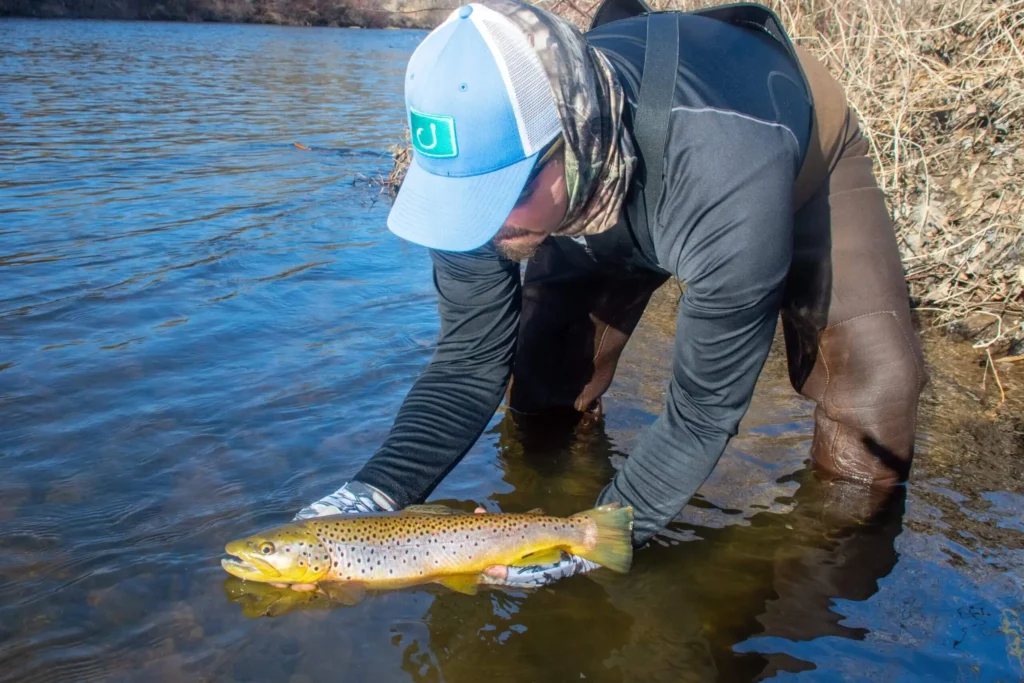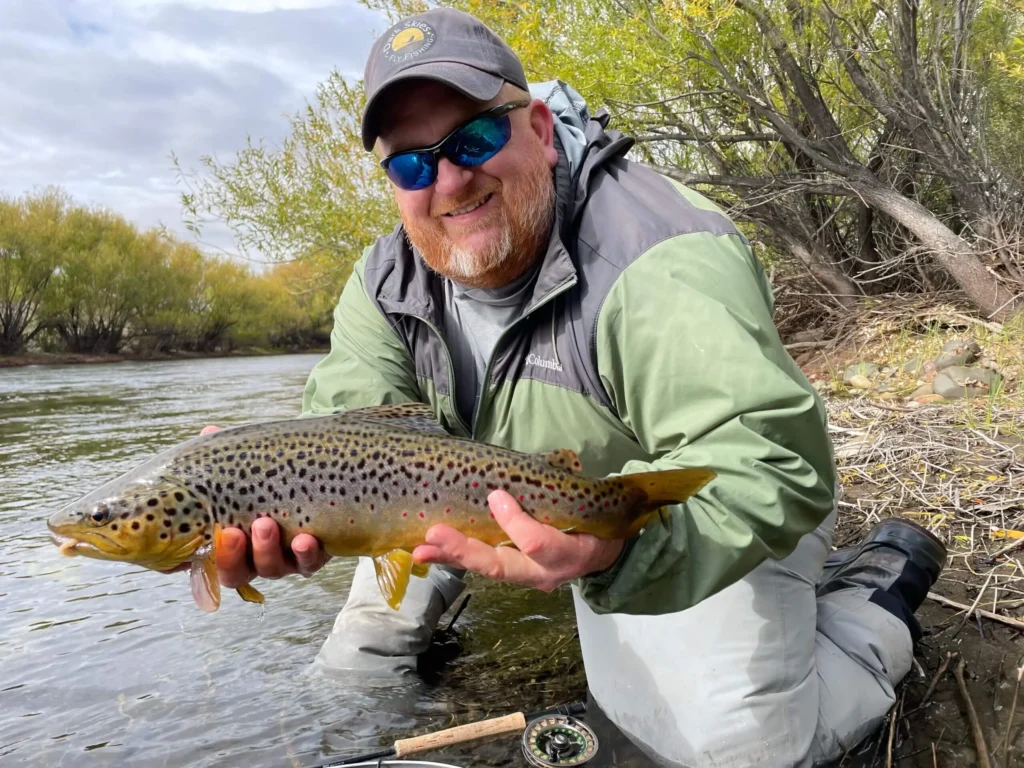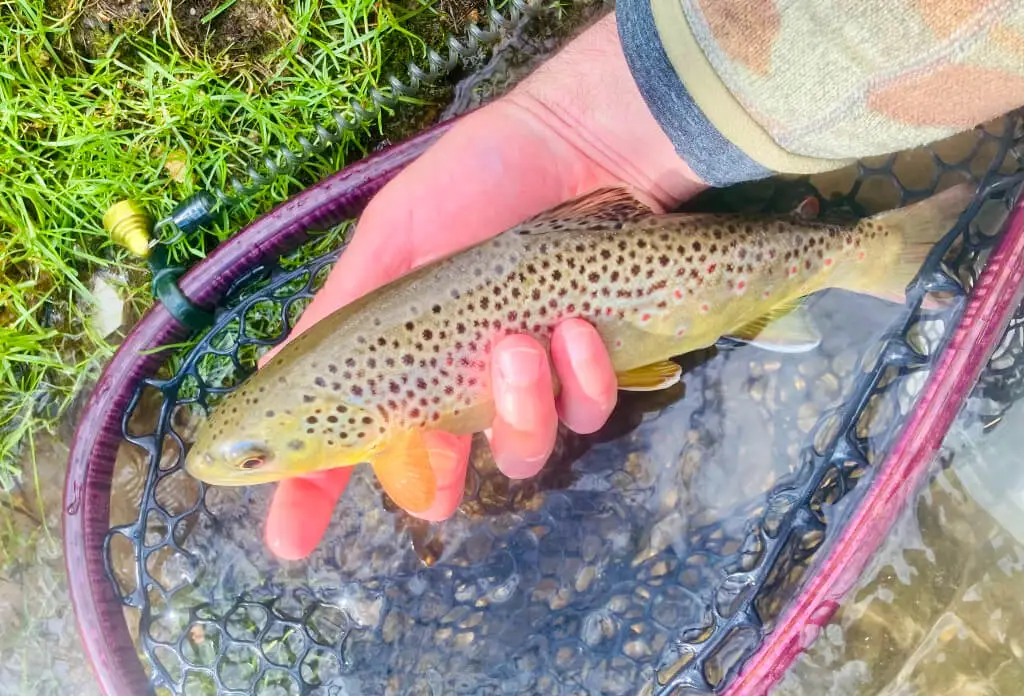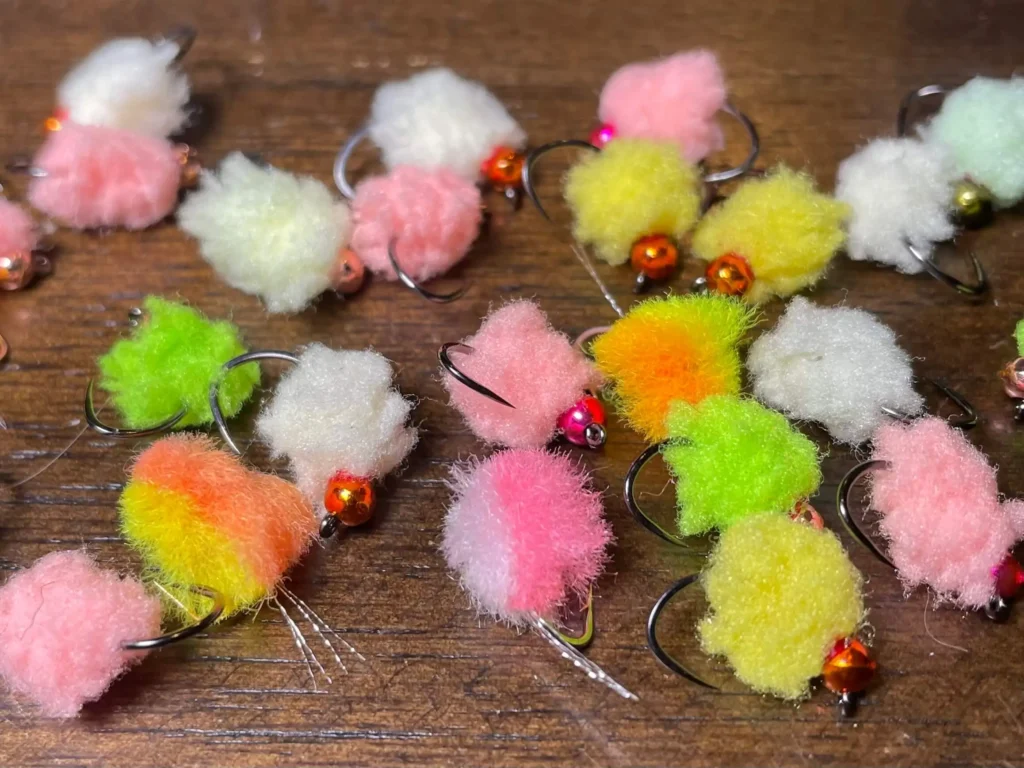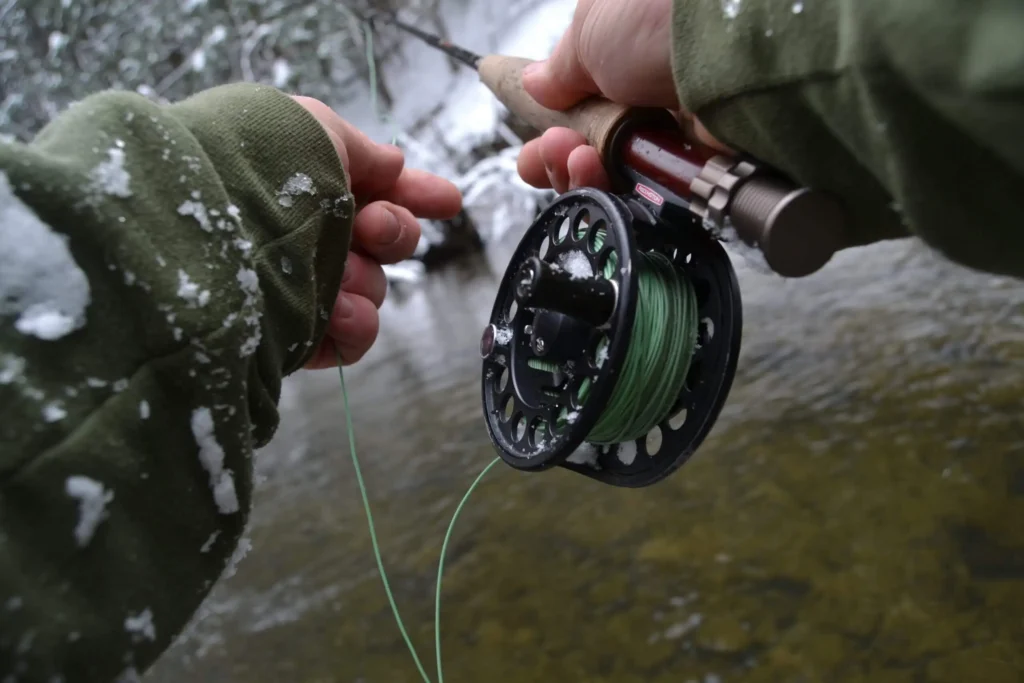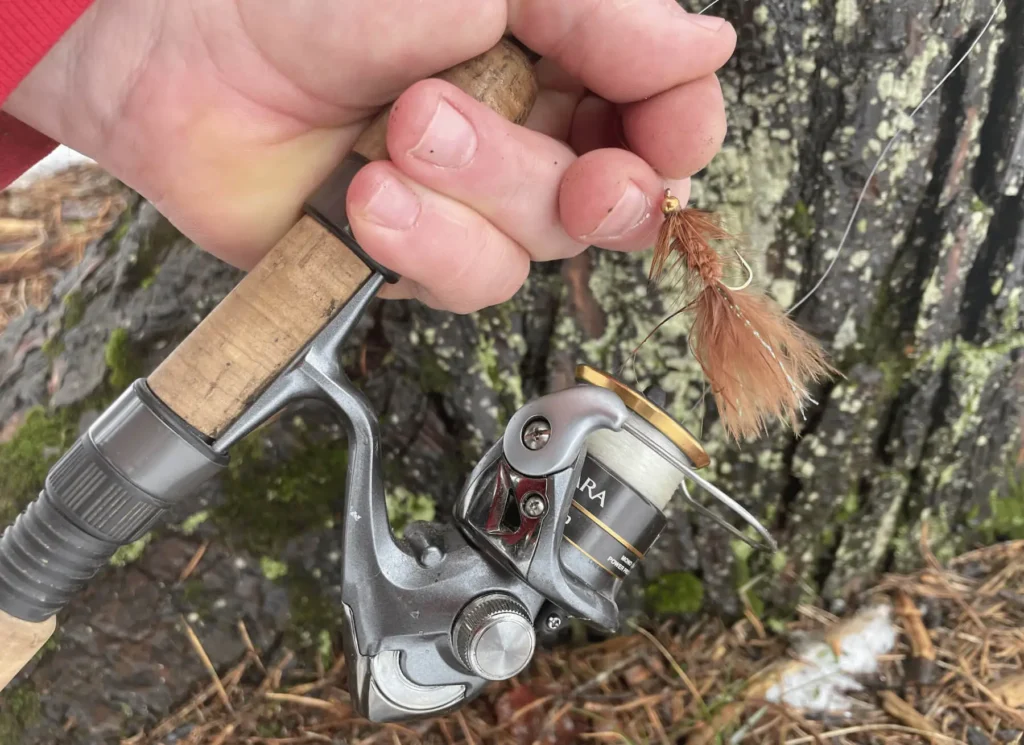Fall Fly Fishing Tactics for Trout
Fly fishing during fall can be spectacular. This time of year, trout are feeding heavily in preparation for the spawn and winter. But that doesn’t mean they’re also easy to catch! This article provides tactics and tips for making the most of your time on the water this fall.
Fall Fly Fishing Tactics for Trout Read More »

